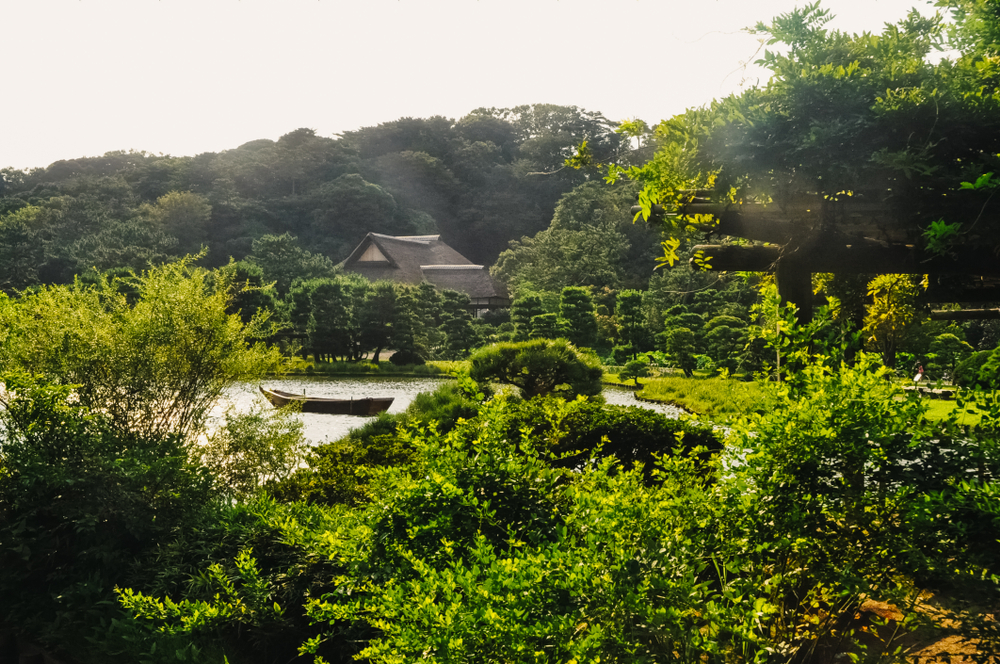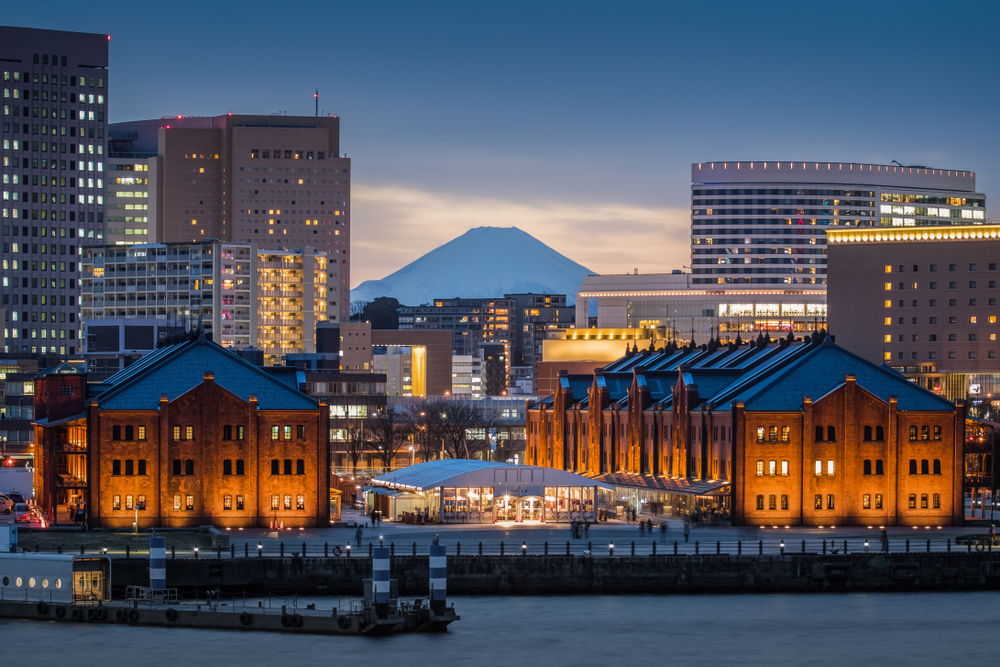Sustainable city with leading initiatives
Yokohama, which has been selected as a SDGs future city, is also a member of ICLEI, the global city network consisting of more than 1,750 cities and regions committed to realizing a sustainable future. In addition, Yokohama city have launched a variety of unique initiatives including “Zero Carbon Yokohama”, an initiative aimed at decarbonization by 2050, and “Yokohama Blue Carbon”, a unique carbon offset program. The city has accumulated the knowledge and network for shaping the circular economy.
Easy environment to close the loop locally
Although Yokohama has a strong image of a port town lined with modern buildings, in fact, about 7% of the city, 2,920 hectares, is farmland, and more than 3,400 farmers grow vegetables, plants, and fruits. Yokohama is an easy place to create a local cycle of production and consumption, taking advantage of having both the largest consumers, and producers in the city.
Location and population size suitable for innovation
The location of Yokohama, 25 km away from Tokyo, has attracted the attention of many large companies as an innovation hub where workers can develop new businesses and do R&D asiding from the control of the Tokyo headquarters. Also, the 3.7 million population is smaller than Tokyo with the population of over 10 million, making it easier to conduct small experiments but still can create a greater impact than other regional cities.
Access to Talents
Taking advantage of easy access within 20 minutes by train from Tokyo, Yokohama has an ideal environment to attract diverse skilled talents who usually work in Tokyo as Kankei population and get them engaged in circular economy projects.
*Kankei population refers to people who contribute to a region in many ways. They don’t live in the region permanently but not just visit it as a tourist but live for a certain period and do some local projects to make the area more lively.
World Circular Economy Forum 2018
In October 2018, Yokohama held the World Circular Economy Forum 2018, hosted by Sitra (Finnish Innovation Fund), in Pacifico Yokohama, bringing companies and government officials from around 85 countries together to promote a circular economy. In addition, the International Conference on Sustainable Brands 2020 Yokohama was held in February 2020. The city have established its position as a member of the global sustainability urban community.




